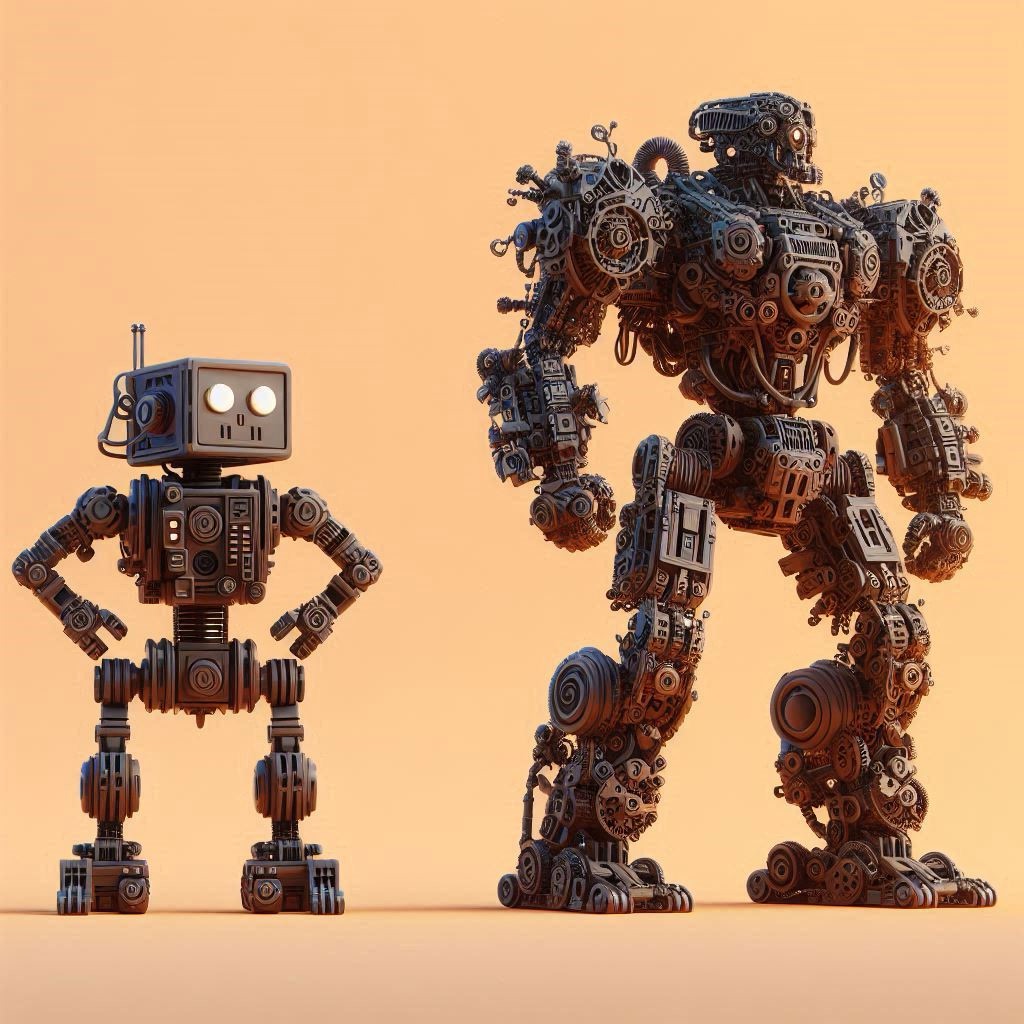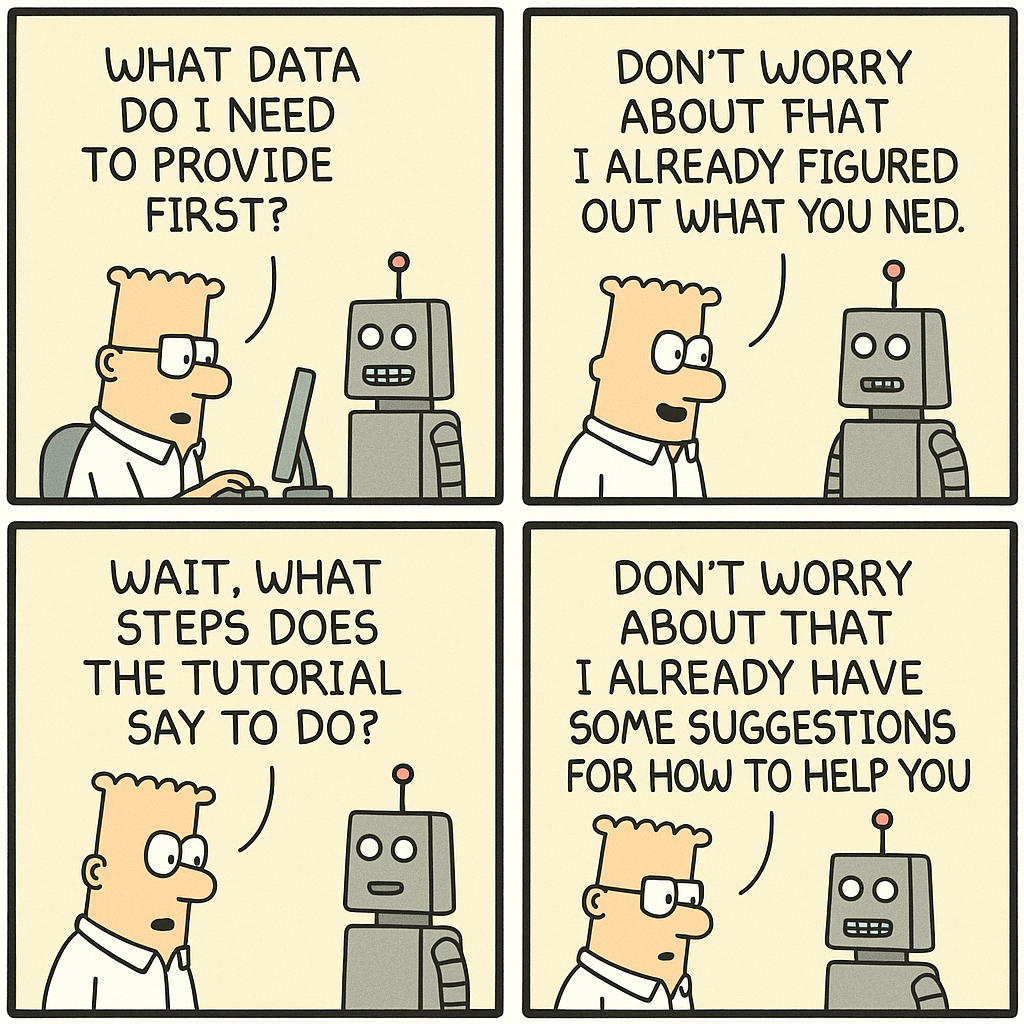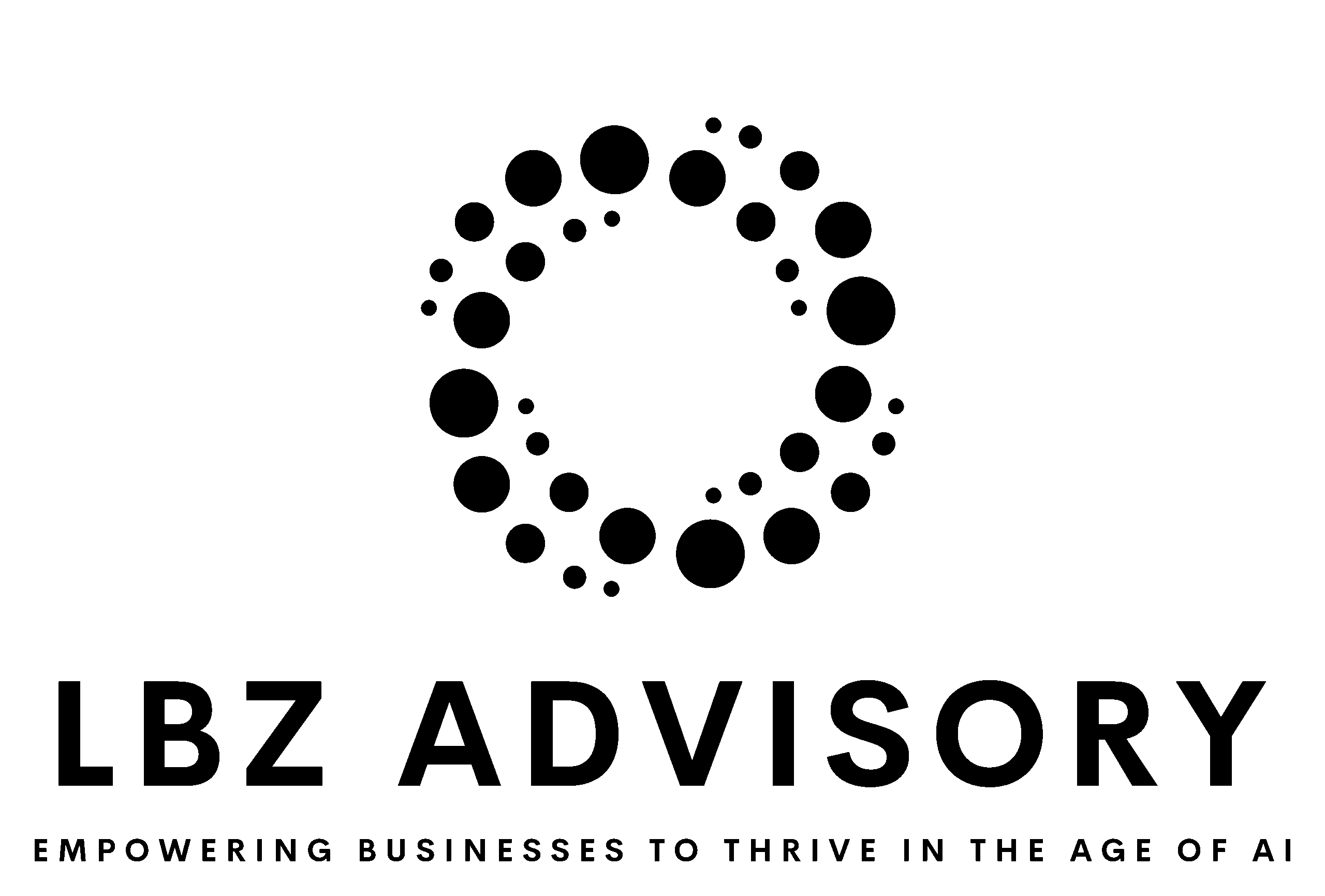How To Avoid Technological Showboating
When companies get too caught up in the hype of new technologies or the desire to make a splash, they risk losing sight of what really matters: solving a real problem for users in the simplest, most elegant way possible.
From adding unnecessary bells and whistles to chasing the latest shiny object, this trend often leads to products that are bloated, confusing, and ultimately, less valuable to users. As we’ve seen time and time again, the most successful innovations are often the ones that keep it simple, focusing on solving a core problem exceptionally well. Let’s dive into some recent examples that illustrate this point.
The 80/20 Rule in Product Development
The Pareto Principle, or the 80/20 rule, suggests that 80% of the value in a product often comes from just 20% of the effort. However, it’s easy for product teams to get caught up in creating “sexy” features that, while impressive, do not significantly enhance the core value of the product.
As product leaders, we must constantly ask ourselves: are we focusing on the core 20% that delivers real value, or are we getting distracted by the shiny 80% that adds complexity without substance? By keeping our eyes on the prize and resisting the temptation to over-engineer, we can create products that not only succeed but also stand the test of time.
Understanding and focusing on that critical 20% can make the difference between success and failure.
AI is the New Frontier for Over-Engineering
In today’s hyper-competitive world of artificial intelligence, the pressure to outperform rivals with cutting-edge AI experiences is higher than ever. From chatbots and virtual assistants to personalized recommendations and predictive analytics, companies are racing to leverage AI to gain an edge. However, this intense competition has also created a new breeding ground for over-engineering.
Take, for example, Soul Machines, a company that creates hyper-realistic digital avatars for customer service, is another example of AI over-engineering. While the technology is impressive, some users have found the avatars to be unsettling and less effective than traditional chatbots. The company’s focus on creating visually stunning AI may have come at the expense of practical usefulness and user comfort.
I see many leaders falling trap to the dangers of getting caught up in the AI hype cycle and losing sight of what users actually need and want. As companies race to out-innovate each other with ever-more sophisticated AI, they risk creating products that are too complex, expensive, or impractical for real-world use.
Here are some real world examples to drive this home.
Google Duplex: The Challenge of Complex AI
Core 20% Effort: Automating simple phone-based tasks like making reservations through a clear, functional interface.
Why it Worked: A solution that could reliably book reservations using basic AI would have sufficed, focusing on efficiency and reliability.
Competitor: Online booking platforms like OpenTable and Resy provided straightforward interfaces for users to book reservations directly, focusing on usability and practicality.
Wasted 80% Effort: Developing advanced AI to mimic human conversations with lifelike speech patterns.
Why it Failed: The complexity brought ethical concerns and practical challenges, overshadowing the core functionality. Users did not need human-like conversations for simple bookings, and the AI’s complexity added little value to the basic task.
IBM Watson for Healthcare: Overcomplicating Diagnostics
Core 20% Effort: Providing actionable treatment recommendations based on structured data analysis.
Why it Worked: A simpler approach, like offering clear, evidence-based treatment options, would have met clinicians’ needs effectively.
Competitor: Flatiron Health focused on structured data collection and analysis, delivering practical insights without overcomplicating the process.
Wasted 80% Effort: Investing heavily in AI to analyze vast amounts of unstructured medical literature.
Why it Failed: Watson’s complex recommendations were often impractical, and the system was too cumbersome for everyday clinical use. The extensive AI did not translate into significant improvements in diagnostic accuracy.
Google Glass: AR Ambitions Gone Awry
Core 20% Effort: Providing hands-free access to information through a straightforward, user-friendly interface.
Why it Worked: Users needed basic hands-free functionalities, such as notifications and simple information retrieval, integrated seamlessly into their daily lives.
Competitor: Smartwatches like the Apple Watch focused on providing essential features in a simple, intuitive manner, achieving high user acceptance.
Wasted 80% Effort: Developing a head-mounted display with advanced AR capabilities.
Why it Failed: Privacy issues, a steep learning curve, and the complexity of AR features made Google Glass impractical. The advanced AR did not significantly enhance the core functionality users needed.
iTunes Genius: Complex Music Recommendations
Core 20% Effort: Using collaborative filtering to create personalized music playlists based on user listening habits.
Why it Worked: Focusing on user data to deliver relevant, personalized playlists directly addressed the users’ desire for music discovery.
Competitor: Spotify adopted a similar approach with curated playlists, focusing on user preferences without overcomplicating the recommendation system.
Wasted 80% Effort: iTunes Genius analyzed a broader range of data, including song metadata and user libraries.
Why it Failed: The complexity did not translate into significantly better recommendations. Spotify’s simpler, user-focused system was more effective, leading to higher user engagement and market dominance.
Avoiding the Trap of Over-Engineering
These examples highlight a common pitfall: over-engineering. Adding layers of complexity can often overshadow the core value of a product, making it difficult to use and less appealing. Here’s how product leaders can avoid this trap:
1. Start with the Problem, Not the Technology: It’s easy to get seduced by the latest AI breakthrough, but always start by clearly defining the user problem you’re trying to solve. Only then should you consider whether AI is the right tool for the job.
2. Focus on the Essential 20%: Prioritize the features and functionalities that deliver the most value. Avoid getting sidetracked by flashy but non-essential additions.
3. Simplify User Experience: Design with the user in mind. Simplicity and usability should guide your development process. Ensure your product integrates smoothly into users’ lives. Strike a balance between innovation and user comfort, and be willing to dial back if necessary.
4. Resist the Urge to “Out-AI” Your Competitors: Just because your rivals are touting their latest AI wizardry doesn’t mean you need to follow suit. Focus on your own users’ needs and deliver the simplest, most elegant solution possible, even if that means foregoing some bells and whistles.
5. Beware the “Uncanny Valley” of AI: As AI becomes more sophisticated, there’s a risk of creating experiences that are so lifelike they become creepy or unsettling for users. Consider the backlash against hyper-realistic chatbots or deepfake videos. Sometimes, a more abstract or simplified AI can be more effective and less off-putting.
6. Avoid Technological Showboating: While advanced technology can be impressive, it should not detract from the product’s primary purpose. Focus on practical solutions that address real user needs.
7. Iterate Based on Feedback: Start with a minimum viable product (MVP) that solves the core problem. Gather user feedback and iterate, adding features only when they significantly enhance the user experience.
By keeping these principles in mind, product leaders can create solutions that deliver real value, avoiding the trap of over-engineering. Simplicity, practicality, and a focus on the core problem are key to successful innovation.
The Future of AI: Balancing Innovation and User Value
As the AI landscape continues to evolve at a breakneck pace, product leaders must navigate the hype and focus on delivering practical, user-centric solutions. By learning from both the successes and failures of companies integrating AI, we can avoid the pitfalls of over-engineering and create products that make a real difference in people’s lives.
The most successful AI-powered products will be those that strike the right balance between innovation and simplicity, leveraging cutting-edge technology to solve real problems in a way that feels intuitive and valuable to users. As you integrate AI into your own products, keep the user at the center of your decision-making process, and always be willing to adapt based on their feedback.
















